If you’re new to our blog or to acrylic pouring as an art form, welcome! We’ve got a lot of wonderful community resources from our contributing team, everything from setting up your first pour to some really advanced methods. To help you out a bit, we decided to compile a list of our best beginner tips!
Quick and Easy Beginner’s Pour
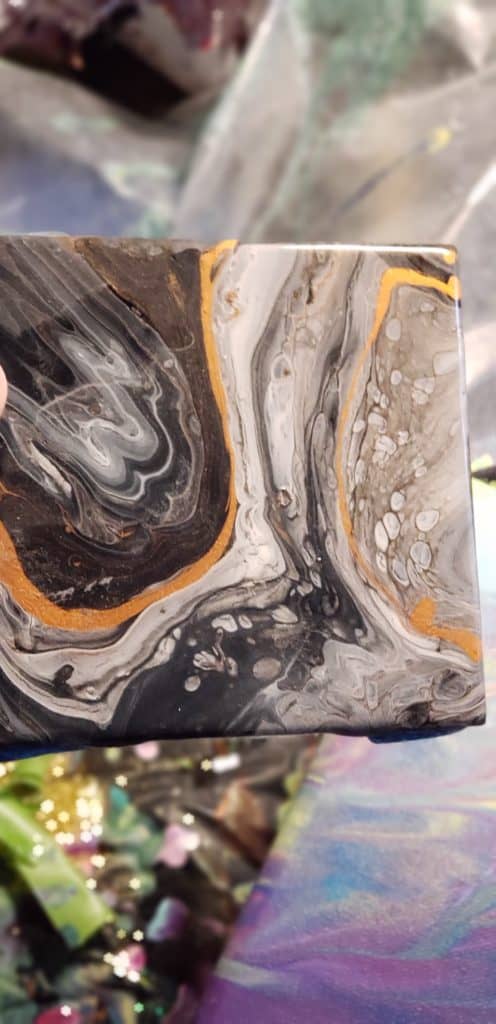
There can be a lot of stigma around the “right way” to do things, but when you’re starting out just doing it often is the right thing. Acrylic pouring doesn’t have to break the bank, and this article will help you navigate your beginning as an acrylic pouring artist.
Household Materials for Pouring in a Pinch

Let’s face it, art can be expensive, no matter which medium you prefer. This article will help you find suitable and readily available alternatives to additives that can be a little more expensive. Think WD-40 and Elmer’s glue aren’t for art? Try some of these substitutes out yourself!
How to Avoid Muddy Colors
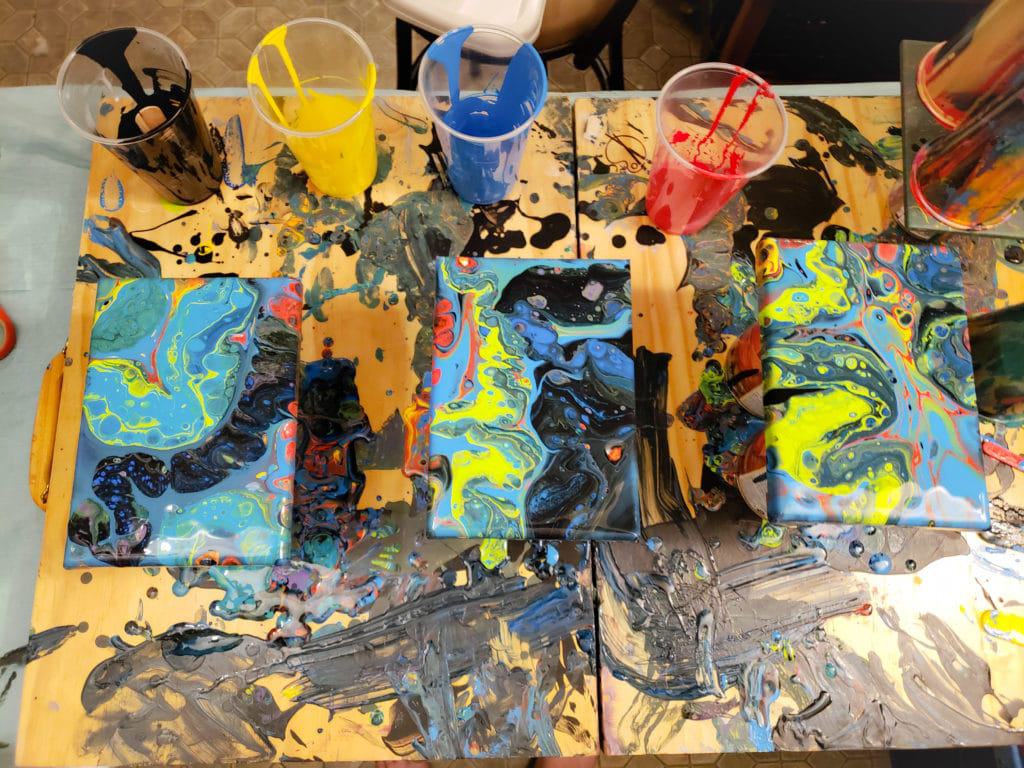
In acrylic pouring, one of the biggest mistakes that an artist can make is mismatching paint colors or mixtures and ending up with “muddy colors.” To avoid having all of your colors run together and creating a big mess take a look at this guide and learn a few vital tips.
Master the Basics of Color Theory for Harmonious Pours
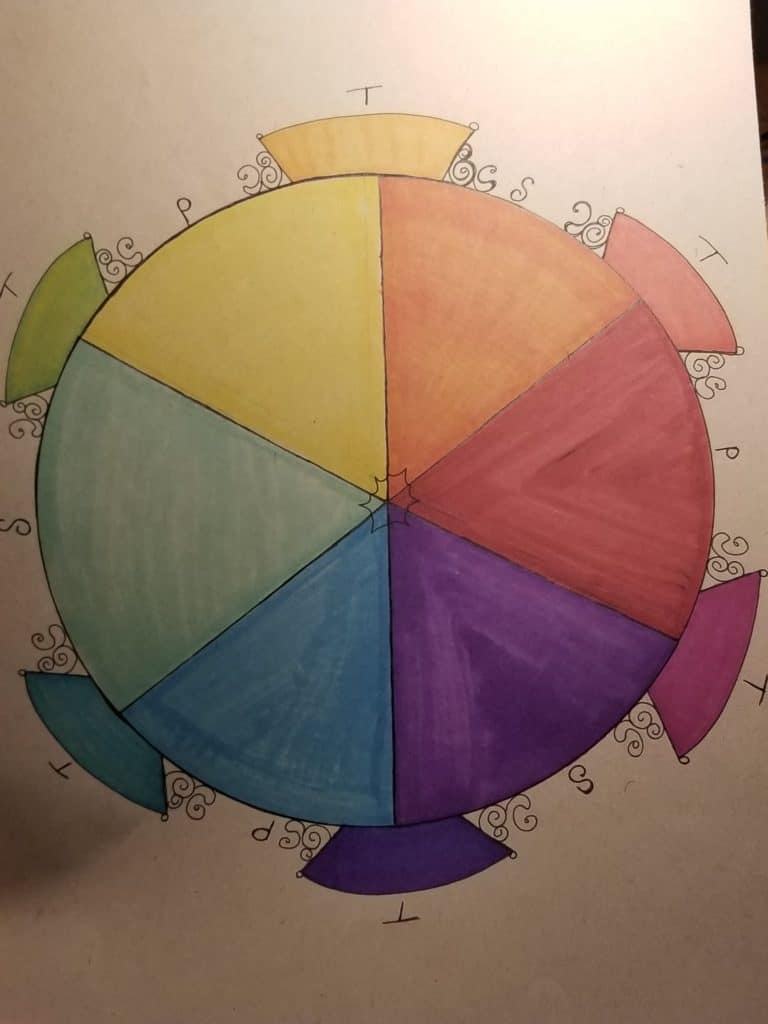
Part of any art form is knowing how colors work together. This is a quick and easy guide that will help you figure out what how to create the perfect color combinations before beginning your pour and any serious missteps.
How to do Your First Acrylic Pour
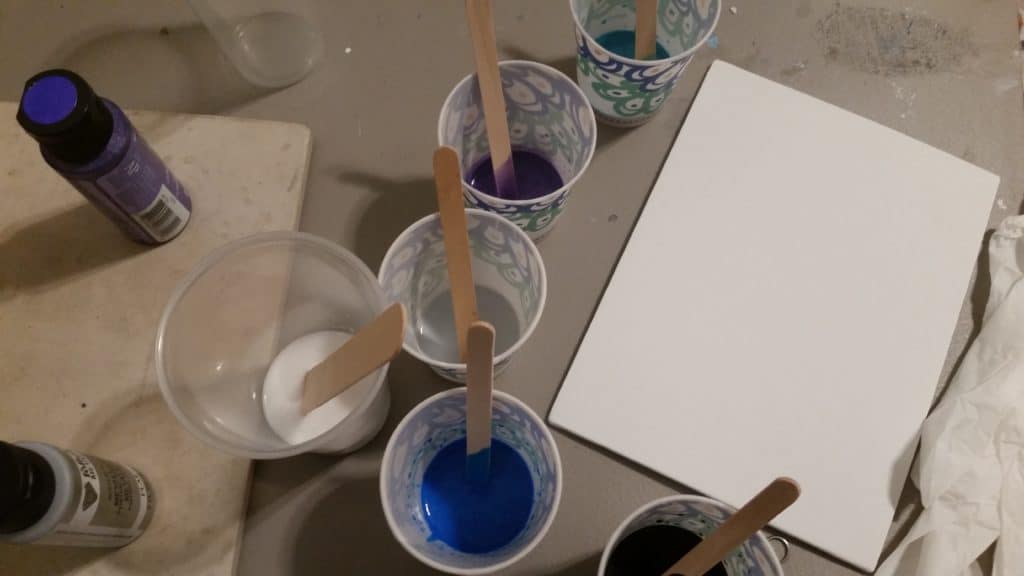
There are a lot of ins and outs of acrylic pouring, it can sometimes be difficult to figure out where to start. Here you can learn the lingo, the steps, and some helpful tips to create a simple first pour with beautiful results.
The Acrylic Pour Swipe
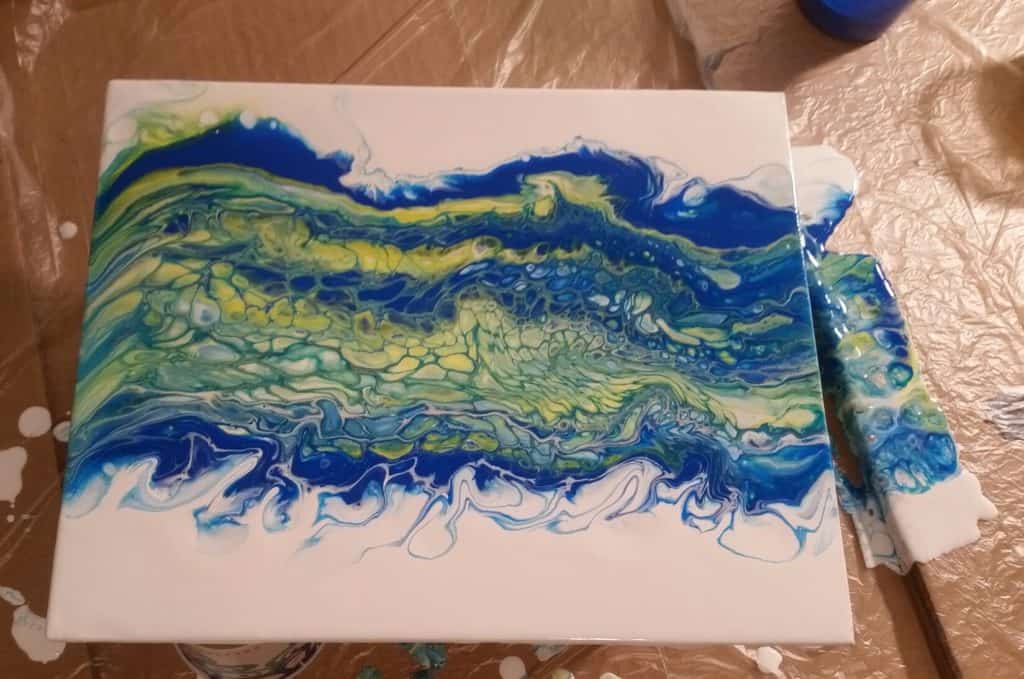
Acrylic pouring is an art forms with many, many techniques, and the swipe is fundamental. Mastering the swipe can be tricky but once you get there you can manipulate your paintings in a variety of ways. This walk through will take some of the pressure off learning to use tools in this medium.
And of course if you’re looking for more comprehensive guides and step by step walk through’s of acrylic pouring then check our our ebook and video course from the links below!
Getting Started With Acrylic Pouring Ebook
Acrylic Pouring for Beginners Video Course
After being told in high school that she was so bad at art that she should switch to another subject, Deby didn’t paint again for 35 years. Then a stroke released a new wave of creativity and she began exploring with dot painting, abstract and eventually acrylic pouring, and at last the joy of working with color returned. You don’t need ‘talent’ to be an acrylic pouring artist – just enthusiasm, some basic instruction, and a willingness to try, fail and try again. Paint along with her and learn from her many mistakes, and you’ll soon make great art together.

I’ve enjoyed your instructions through the 5 lessons. Thanks. My first pours are pretty good and I’m excited to do more
Hello Deby! Thanks so much for sharing your wonderful ideas and techniques. How do I get the colors that they do not blend together. I add a little bit of white in between each layer. I also get tiny white specks throughout the painting. I use floetrol, and silicone as well.
Hello. I am i need of some information. When i pour i want a smoothe white background. When i mix and pour my white paint it comes out chunky and that is not the desired look for me. How do i achieve that look of a smoothe clean and shiny background that i love?
Thanks in advance